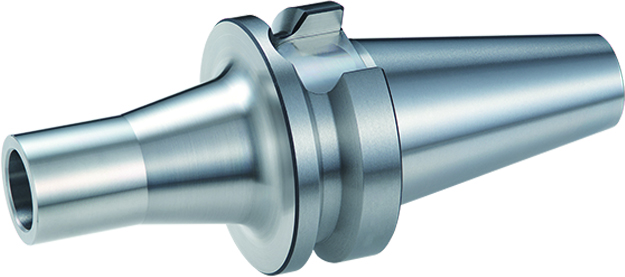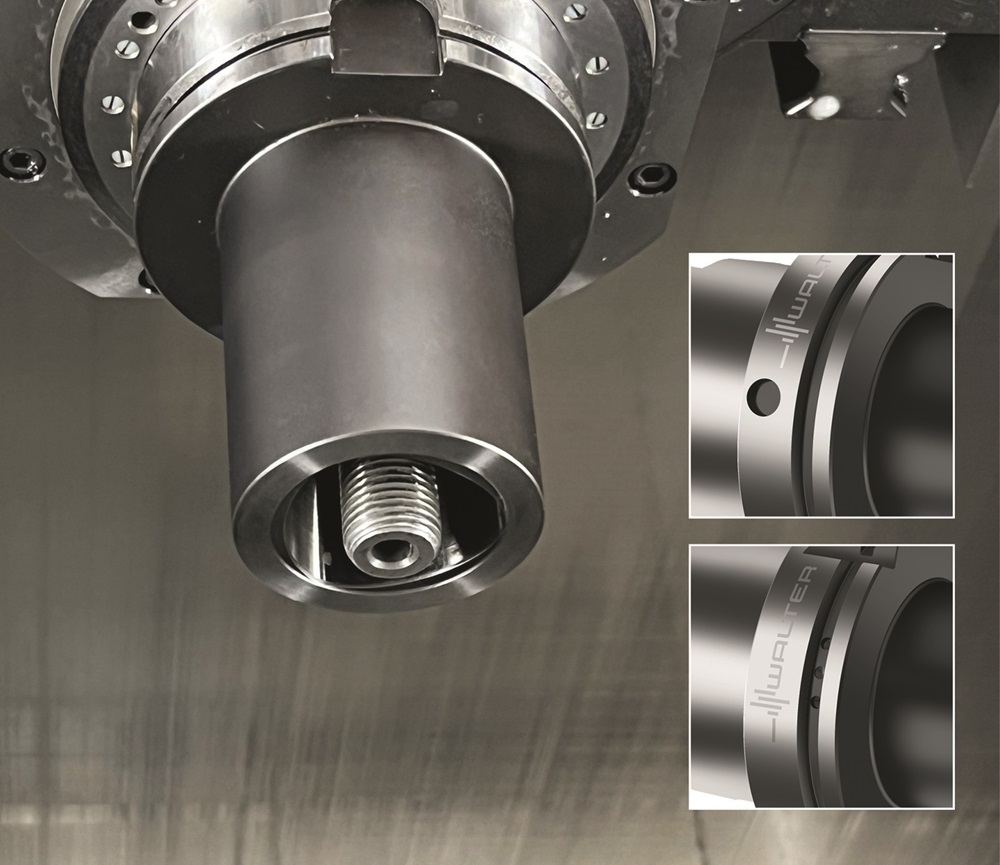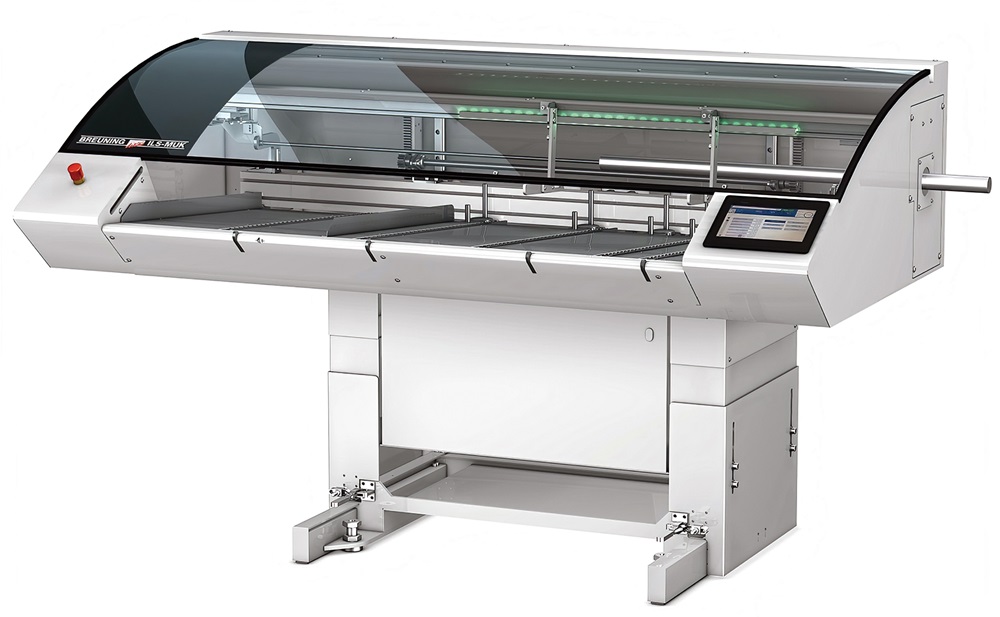Mitsubishi Materials has launched a dedicated range of tool holders to complement the huge range of geometries and types available in its iMX series of solid-carbide exchangeable end mills. The company says that the mono-block type holder greatly reduces tool overhang compared with standard milling chucks. A mono-block holder also allows stable machining, even with larger diameter tools, thereby achieving high-efficiency machining.
When using a standard milling chuck, a screw-in type shank is necessary, which machine shops can also negate when using a mono-block type holder to reduce costs. An added feature is the undercut at the bottom of the neck, making it suitable for vertical wall machining.
The iMX series is an end-mill system that combines the advantages of both solid-carbide and
indexable end mills. Performance advantages and savings are available, especially in long overhang applications. Exchangeable heads negate the cost of extra-long solid-carbide end mills.
A key feature is the double face contact of carbide head and holder that enables security and rigidity close to that of a solid-type end mill. This is possible because the taper and end-clamping faces of the head and the holder are both solid carbide, with only the threaded
part composed of steel. Benefits of this secure and accurate clamping method compared with the usual steel-to-carbide method are greater efficiency from increased cutting parameters, improved accuracy and more reliability.
A broad spread of applications is made possible not just by the strong and reliable clamping system, but by the EP7020 coated-carbide grade. This fine, hard carbide substrate has an (Al,Cr)N Smart Miracle coating that Mitsubishi Materials says delivers substantially better wear resistance than conventional coatings.
More information www.mmc-carbide.com



















